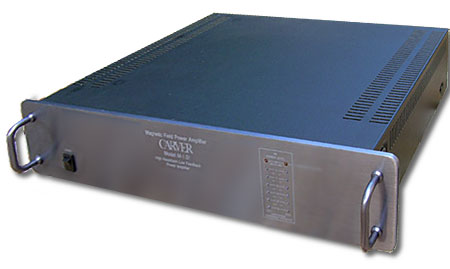You missed the bit about " Regardless of other failings" , "demographic" and "this amp has multiple flaws" .
The original message was that a certain demographic would buy this amp because it has a rising HF response that matches their hearing loss.
I begged to differ!
I didn't ask if it was "detectable" by golden young ears, did I?
I asked what demographic can hear and benefit from such an FR response?!
I know about the high output impedance, so if the speaker should have a falling impedance at high frequencies (wait for it...) it would correct the amp!
if it is a rising impedance, then it wouldn't. In either case, that was not the question.

